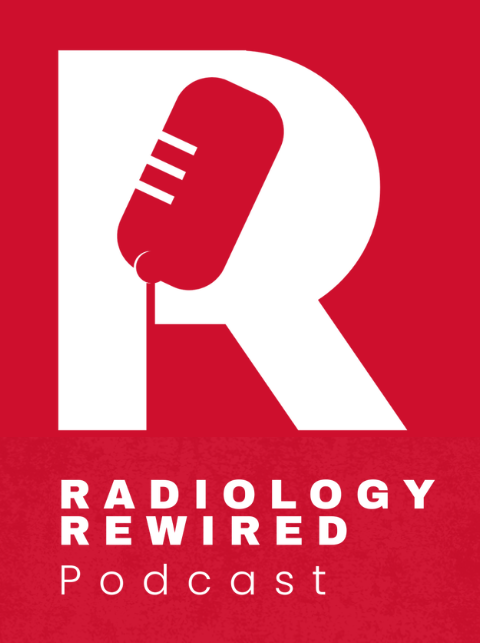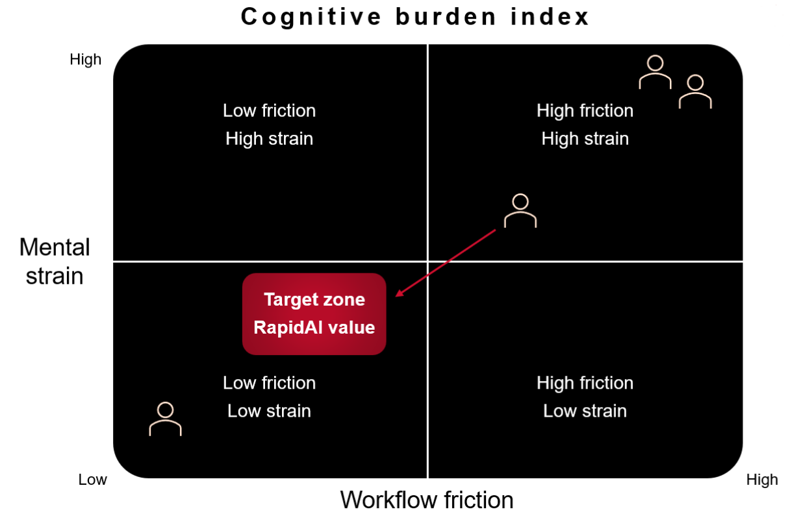We spoke with Debi Taylor, Program Director and former stroke coordinator, to learn how her team collaborates with our customers to provide customized workflow optimization for hub and spoke stroke networks. With the goal of improving treatment times and patient outcomes, this team not only consults to map out efficient workflows but also provides the training to ensure these workflows are adopted.
 Debi Taylor, MSN, RN, SCRN
Debi Taylor, MSN, RN, SCRN
1. You've worn the stroke coordinator hat. Tell us why optimizing stroke workflow using Rapid Workflow for Stroke is something stroke coordinators should consider?
Well, as any stroke coordinator will tell you, we take the care of our patients and the management of our stroke process very seriously.
When I was managing a stroke program, I wished there was a way that our whole team could receive critical information simultaneously, such as knowing when a patient had an intracranial hemorrhage or large vessel occlusion. Stroke team members have specific roles in the workflow, so leaving one team member out of critical information can slow down treatment and negatively impact patient outcomes. Additionally, there seemed to be a disconnect between treatment decisions and team notification. At times, one group would know about a treatment decision, and others would not.
Optimizing your stroke workflow is essential for improving treatment times and patient outcomes. While you can optimize your workflow by doing a comprehensive gap assessment and leveraging existing resources, adding AI-assisted solutions are essential for taking your program to the next level to ensure simultaneous team communication and mobilization.
2. What are some of the main challenges in the hub and spoke stroke workflow, and how can AI-assisted workflow solutions support the hub and spoke stroke network?
It's not news to our customers that communication between hubs and spokes is challenging. Often, multiple phone calls are required to coordinate care and transfer stroke patients for acute intervention. It is common for transfer centers to act as third-party relays connecting ED providers with specialists. Then, they work to coordinate the transfer with EMS agencies, secure bed assignments, and connect sending teams with receiving teams for patient handoff. The challenges are numerous and well understood; that’s why customers – and our team – are excited by what we have to offer.
Our workflow solutions are available today to help fix many of these communications challenges. Hospital systems can simultaneously notify multiple teams of suspected abnormal findings and facilitate parallel workflows, eliminating phone calls and steps in the stroke workflow.
Integrated with these power workflow tools, the AI-powered patient triage and clinical decision-making support allows transfer center staff to take on a role of process oversight – monitoring provider communication and hub-spoke interaction.
3. Tell us about your team and how you are helping RapidAI customers overcome their stroke workflow challenges.
The Clinical Learning and Development team includes Stroke Certified Registered Nurses like myself, who have experience with stroke programs and workflows. We leverage our years of expertise in stroke programs, interventional radiology, and clinical department to engage our customers with workflow optimization and training. Our team can leverage the experience from working with many different stroke workflows to find solutions that may not always be obvious.
A typical project begins with a series of meetings where we work to assess the customer’s existing hub and spoke workflow to identify gaps and determine their training goals.
Some of the common gaps we find include the lack of understanding of how multidisciplinary teams can communicate more efficiently, the time it takes to move patients through each step of the workflow, and which workflow group is truly responsible for each task.
We then craft a comprehensive and customized workflow optimization plan specifically suited to the customer's needs. Training staff and key stakeholders are critical to a successful optimization effort. We help sites get the most out of the Rapid Workflow for Stroke app's functionalities to improve the metrics they’re focused on.
Once the plan is implemented and the changes are executed, we use RapidAI Insights to evaluate how the team is reaching the goals they set.
We partner with our customers for at least six months after we ‘go live’ with the optimized workflow. We check in once a month to discuss the site's progress with its goals and Rapid product adoption through the RapidAI Insights report.
We want the optimized workflows to be sustainable and show results even after the initial period, and we're finding that it is. All our optimized sites are experiencing lasting workflow improvements.
4. What are some of the performance metrics customers are trying to address?
Our goals are very much in sync with our customer's goals:
- Reducing door in door out times
- Reducing door to treatment times
- Reducing door to imaging times
- Facilitating patient triage
- Reducing unnecessary transfers
- Reducing the number of phone calls or pager alerts
- Activating stroke teams faster
- Increasing utilization of Rapid products to ensure maximum return on investment
- Activating the entire stroke team to coordinate treatment on one platform
We reach our goals by improving communication pathways and facilitating hub and spoke workflow.
5. You have worked with many hospitals to integrate RapidAI into their hub and spoke stroke network workflows. Could you share some of the feedback you have received?
Hospitals have realized noticeable improvements in the time it takes to receive imaging results, triage patients, connect a specialist to the spoke, and determine treatment and transfer decisions.
Our customers have shared that improving communication pathways has helped with treatment decision-making, ultimately improving door-in-door-out times (transfer) for patients needing acute stroke interventions at the hub.
“The average thrombectomy required 10 phone calls; RapidAI has reduced this to 4 calls” – Stroke Program Director, Our Lady of the Lake Regional Medical Center, Baton Rouge, LA.
“Since implementing the Rapid mobile app & web apps, we have experienced our best door-to-device time in a year, going from more than 90 minutes to 45 minutes… We are under 60 minutes for the first time ever!” – Stroke Program Coordinator.

